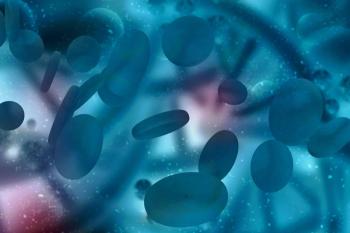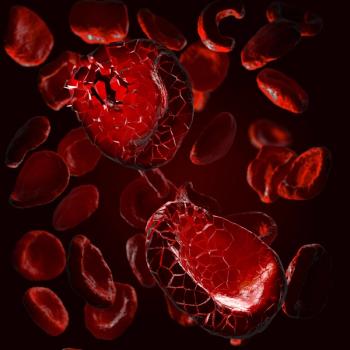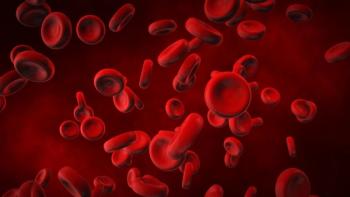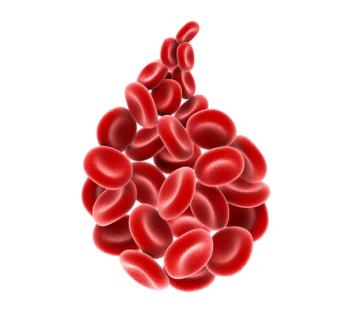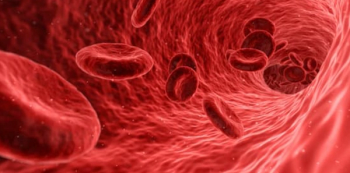
Belzutifan Generates ‘Excitement’ in Renal Cell Carcinoma, Expert Says
Other angiogenic agents are also under investigation in renal cell carcinoma, according to Rana McKay, MD, who indicates it will be interesting to see how they compare with belzutifan.
At the
McKay, a board-certified medical oncologist and associate professor in the Department of Medicine at University of California, San Diego Health, highlighted the excitement surrounding the role belzutifan, which was
Moreover, she highlighted that several other anti-angiogenesis agents are under investigation in this patient population such as VEGF/MET inhibitor XL092.
Transcript:
The non-immunotherapy-based treatment strategies continue to [include] targeting anti-angiogenic access. One of the “next kids on the block,” if you will, is a drug called belzutifan. It’s HIF-2α inhibitor that has been under development for quite some time. It actually is already FDA-approved for the treatment of VHL disease,2 and is certainly under investigation for sporadic renal cell carcinoma. There’s a lot of excitement around belzutifan; it’s being tested in the refractory setting, in the frontline setting, even in the adjuvant setting. It’s going to be interesting to see where that agent ends up panning out in RCC. And there are other HIF-2α inhibitors that are also under development. It’ll be interesting to see how they all compete with a drug like belzutifan.
Other angiogenic agents include XL092, which is a VEGF/MET inhibitor that has properties similar to cabozantinib but pharmacokinetically, it’s a little bit different: it has a shorter half-life, and is given once daily. There are several trials that are investigating that agent. There are other mechanisms of actually being able to target HIF beyond a small molecule inhibitor that are also undergoing testing, but there’s further refinement that is needed.
References
- McKay RR. Novel Therapies. Presented at: 2023 Kidney Cancer Research Summit; July 13-14, 2023; Boston, MA.
- FDA approves belzutifan for cancers associated with von Hippel-Lindau disease. News release. FDA. August 13, 2021. Accessed July 17, 2023. https://bit.ly/37DMnzV
Newsletter
Stay up to date on recent advances in the multidisciplinary approach to cancer.


